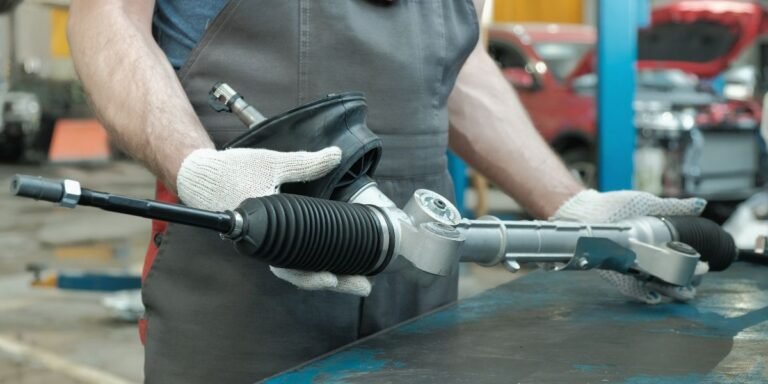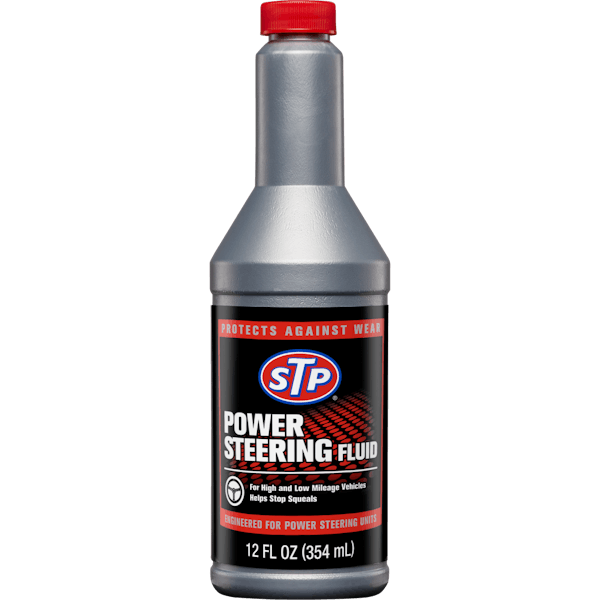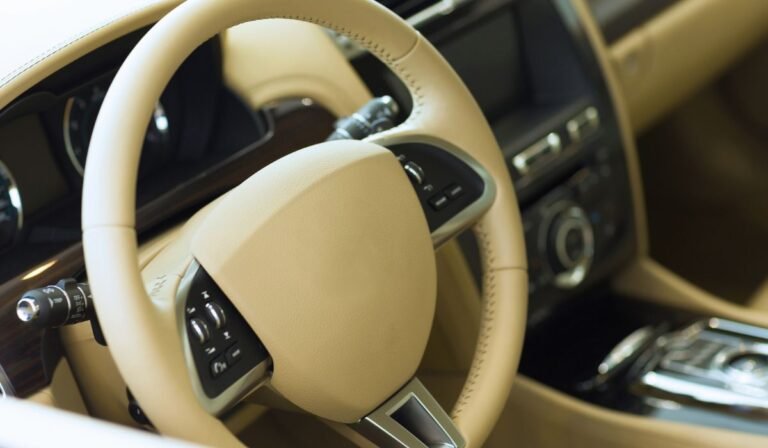How Long Can You Drive Without Power Steering: Critical Insights
Without power steering, driving can be difficult. You can drive for a short distance without power steering.
You can drive without power steering as long as necessary, but it is not advisable to do so for extended periods.
Without power steering, the steering wheel becomes much heavier and requires significantly more effort to turn, especially at lower speeds and during parking maneuvers. While you can drive short distances or under limited conditions, it’s important to address the issue promptly.
Continued driving without power steering can lead to increased driver fatigue and difficulty maneuvering, which can affect your safety and control of the vehicle. For your safety and to avoid potential further damage to the steering system, it is best to have the power steering system repaired as soon as possible.
However, it is not recommended to drive long distances without power steering as it can strain the arms and make steering challenging. If you find yourself in a situation where your power steering fails, pull over safely and assess the issue before continuing your journey.
Remember, safety should always be a top priority when driving under such circumstances.
The Role Of Power Steering In Modern Vehicles
Power steering is crucial for easy vehicle maneuvering. Without it, driving becomes strenuous, leading to fatigue and potential safety risks. The duration one can drive without power steering varies based on individual strength and road conditions.
Essential Functions
Modern vehicles are equipped with power steering systems to make driving easier and more comfortable for the driver. The power steering system reduces the effort required to steer the vehicle by using hydraulic or electric power to assist the driver. The power steering system has several essential functions, including:
- Reducing the effort required to steer the vehicle
- Improving the vehicle’s handling and maneuverability
- Reducing driver fatigue and discomfort
- Enhancing the overall driving experience
Hydraulic Vs. Electric Systems
Power steering systems can either be hydraulic or electric. Hydraulic power steering systems use a pump to pressurize hydraulic fluid, which is then directed to a cylinder that assists with steering. On the other hand, electric power steering systems use an electric motor to provide the necessary assistance to the driver.
While hydraulic power steering systems have been around for longer and are generally more reliable, electric power steering systems are becoming more popular due to their improved fuel efficiency and reduced weight. Electric power steering systems are also easier to integrate with other vehicle systems, such as driver-assistance features.
In conclusion, the power steering system is an essential component of modern vehicles, making driving easier and more comfortable for the driver. Whether hydraulic or electric, the power steering system plays a critical role in enhancing the overall driving experience.
Symptoms Of Power Steering Failure
Experiencing power steering failure can lead to symptoms such as difficulty turning the steering wheel, a whining noise when turning, and a stiff or jerky steering wheel. Without power steering, driving can be challenging and physically demanding. It is recommended to pull over and have the issue addressed as soon as possible to avoid potential safety risks.
Warning Signs
One of the most common symptoms of power steering failure is difficulty in turning the steering wheel. This can manifest as increased resistance when trying to steer the vehicle.
Another warning sign is unusual noises when turning the steering wheel. These may include squealing, whining, or groaning sounds, indicating potential issues with the power steering system.
If you notice leaking power steering fluid, it could be a sign of a leak in the power steering system. This fluid is essential for the proper functioning of the power steering system, and a leak can lead to failure.
Vibrations in the steering wheel can also indicate power steering problems. If you feel excessive vibrations while steering, it’s important to address the issue promptly.
Immediate Actions
If you experience any of these symptoms, it’s crucial to take immediate action to prevent further damage. First, safely pull over to the side of the road to assess the situation and avoid potential safety hazards.
Check the power steering fluid level to ensure it’s within the recommended range. If it’s low, topping it up may temporarily alleviate the symptoms, but it’s important to address the underlying issue promptly.
Seek professional assistance to diagnose and repair the power steering problem. Driving without power steering can be extremely challenging and can lead to unsafe driving conditions, so it’s best to address the issue as soon as possible.
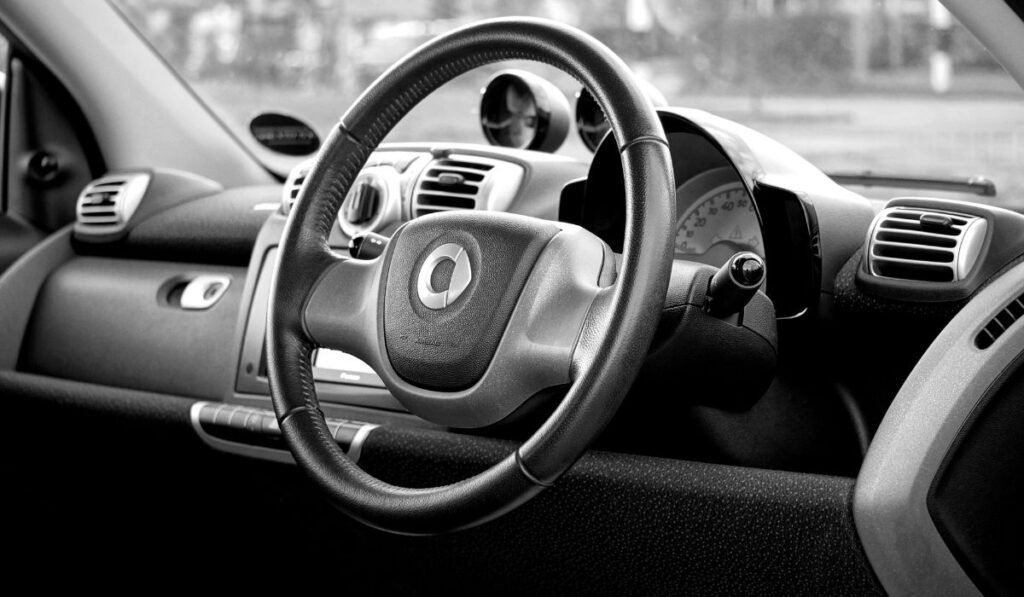
Driving Without Power Steering: A Reality Check
Driving without power steering can be a challenging experience, especially when unexpected issues arise. Before considering embarking on a journey without this essential component, it’s crucial to understand the feasibility and risks involved.
Let’s take a closer look at what it entails.
Feasibility
Driving without power steering is feasible, but it requires significantly more physical effort. The feasibility of this largely depends on the individual’s strength and the condition of the vehicle. A well-maintained car with properly inflated tires makes the task more manageable. However, for individuals with limited physical strength, this may not be a practical option.
Risks Involved
There are several risks associated with driving without power steering. Maneuvering the vehicle becomes challenging, particularly when making sharp turns or navigating through tight spaces.
Additionally, sudden steering wheel jerks can result in loss of control, posing a safety hazard to both the driver and other road users. Moreover, the increased strain on the steering components may lead to accelerated wear and potential mechanical failures.
Short-term Solutions And Quick Fixes
Encountering a power steering failure while driving can be a daunting experience, but there are short-term solutions and quick fixes that can help you safely navigate the road until you can address the issue.
Here are some temporary measures and safety precautions to consider:
Temporary Measures
If you find yourself without power steering, there are a few temporary measures you can take to make driving easier:
- Adjust your grip: Maintain a firm grip on the steering wheel with both hands, placing them at the 9 and 3 o’clock positions. This will give you better control over the vehicle.
- Use your body: Engage your upper body strength to assist with steering. Shift your weight forward and use your arms to guide the wheel, especially when making turns or maneuvering through tight spaces.
- Slow down: Reduce your speed to compensate for the increased effort required to steer the vehicle. This will give you more time to react and make adjustments.
Safety Precautions
While driving without power steering, it’s crucial to prioritize safety.
Here are some precautions to keep in mind:
- Be aware of your surroundings: Stay vigilant and pay close attention to the road, other vehicles, and pedestrians. Anticipate any potential hazards to allow for timely and accurate steering adjustments.
- Maintain a safe distance: Increase your following distance to provide ample time and space to react to sudden changes in traffic or road conditions.
- Avoid abrupt maneuvers: Plan your turns and lane changes in advance, executing them gradually and smoothly. Abrupt movements can make steering more challenging and increase the risk of losing control.
- Get professional assistance: As soon as possible, consult a qualified mechanic to diagnose and repair the power steering issue. Driving without power steering should only be a temporary solution.
Remember, these short-term solutions and quick fixes are not meant to be long-term substitutes for a properly functioning power steering system. It’s essential to address the underlying problem to ensure your safety and the optimal performance of your vehicle.
3. Can You Drive Long Distances Without Power Steering?
- Answer: While it’s possible to drive long distances without power steering, it will be significantly more challenging. The increased steering effort can lead to driver fatigue and make maneuvering more difficult. It’s advisable to get the power steering system repaired as soon as possible.
4. What Are the Risks of Driving Without Power Steering?
- Answer: Risks include increased steering effort, reduced maneuverability, especially at low speeds, and greater driver fatigue. In emergency situations or heavy traffic, the lack of power steering can affect your ability to respond quickly.
5. Can Driving Without Power Steering Cause Further Damage?
- Answer: Yes, continued driving without power steering can exacerbate the problem and potentially cause further damage to the steering components. For example, a failing power steering pump or a leaking steering fluid reservoir can lead to additional issues if not addressed.
6. How Do You Know If Power Steering Failure Is Imminent?
- Answer: Signs of imminent power steering failure include unusual noises (such as whining or groaning), difficulty steering, increased steering effort, and fluid leaks around the power steering components.
7. How Can You Make Driving Without Power Steering Easier?
- Answer: To make driving without power steering easier, drive at higher speeds where the steering effort is somewhat reduced. Avoid sharp turns and parking maneuvers that require a lot of steering input. Plan your route to minimize situations requiring tight maneuvers.
8. Should You Avoid Driving Without Power Steering?
- Answer: Yes, if possible, avoid driving without power steering. It can be physically demanding and potentially unsafe, especially in situations requiring precise steering or quick maneuvers. Have the power steering system repaired as soon as possible.
9. Can You Fix Power Steering Issues Yourself?
- Answer: Simple issues, such as refilling power steering fluid, can often be fixed yourself. However, more complex problems with the power steering pump, steering rack, or other components typically require professional diagnostics and repair.
10. How Can You Check for Power Steering Problems?
- Answer: Check for power steering problems by inspecting the fluid levels, listening for unusual noises when turning the wheel, and observing the steering effort. Look for any visible leaks around the power steering system components.
11. Is It Safe to Drive with a Power Steering Fluid Leak?
- Answer: It’s generally not safe to drive with a power steering fluid leak as it can lead to a loss of power steering assistance. Address the leak and refill the fluid before driving to ensure safe operation.
12. What Are the Symptoms of Power Steering Failure?
- Answer: Symptoms include difficulty turning the steering wheel, whining or groaning noises when steering, steering wheel vibrations, and fluid leaks. If you notice these signs, seek professional help to address the issue.
13. How Often Should You Have Your Power Steering System Checked?
- Answer: The power steering system should be checked during regular vehicle maintenance, such as oil changes or annual inspections. If you experience any issues, have it inspected sooner.
14. What Should You Do If Power Steering Fails While Driving?
- Answer: If power steering fails while driving, maintain a steady speed and avoid sudden movements. Pull over to a safe location as soon as possible and have the vehicle inspected and repaired.
15. How Much Does It Typically Cost to Repair Power Steering?
- Answer: The cost of repairing power steering varies depending on the issue. Basic repairs like topping up fluid may be relatively inexpensive, while replacing components like the power steering pump or rack can be more costly. Obtain a quote from a professional mechanic for a precise estimate.
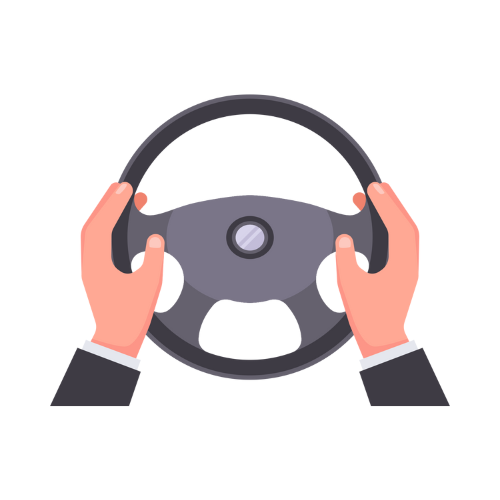
Specializes on car underchassis & power steering repair. We have experienced mechanic to attend all your underchassis & power steering repair needs.

